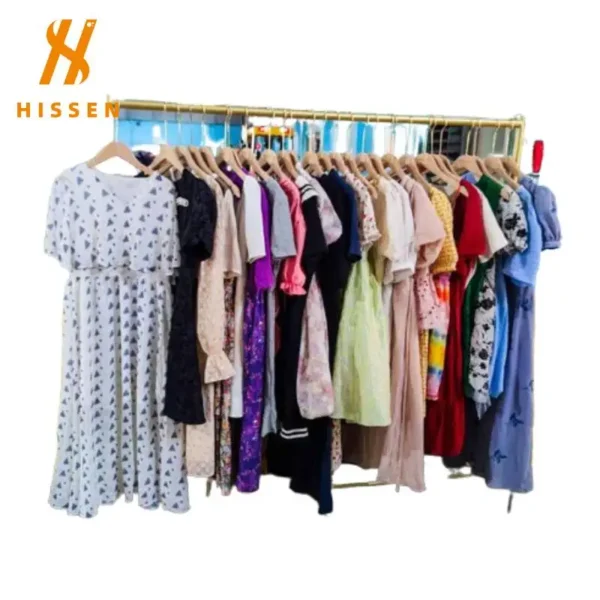In recent years, sustainability has become one of the most important trends shaping the global fashion industry. More and more consumers are paying attention to how their choices affect the environment. Instead of constantly buying new products, people are now turning to second-hand fashion as a smarter, greener, and more affordable option.
Among these choices, used branded shoes have gained significant popularity. From luxury sneakers to high-quality designer heels, second-hand branded footwear allows buyers to enjoy premium quality at lower prices while supporting a more sustainable lifestyle. At the same time, this growing demand is creating huge opportunities for wholesalers, resellers, and businesses looking to enter the sustainable fashion market.
In this article, we will explore the rise of sustainable fashion, the role of used branded shoes in the circular economy, and the increasing profit potential of the second-hand wholesale market. We will also discuss the challenges faced by B2B buyers, how to choose reliable suppliers, and the future trends shaping this fast-growing industry.
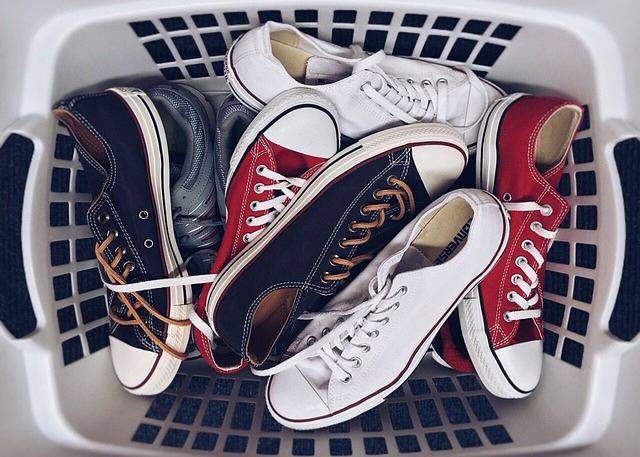
Global Sustainable Fashion Trends and the Market Opportunity for Used Branded Shoes
1. The Shift Towards Sustainability in Fashion
In recent years, the fashion industry has been changing fast. More people are aware of the problems caused by fast fashion, such as too much waste and high carbon emissions. Shoppers today are asking simple but important questions:
- Where do my clothes and shoes come from?
- How are they made?
- What happens after I throw them away?
Because of this, sustainable fashion has grown from a small idea into a global trend. Brands are now using eco-friendly materials, improving production methods, and focusing on recycling. Governments and organizations are also creating new rules to reduce waste and support responsible manufacturing.
2. Why Used Branded Shoes Are Gaining Popularity
One of the fastest-growing parts of sustainable fashion is the market for second hand branded shoes. Many shoppers have realized that buying second-hand does not mean giving up on quality or style. In fact, pre-owned designer shoes often offer:
- Better value – High-quality products at lower prices
- Environmental benefits – Less waste and a smaller carbon footprint
- Unique designs – Rare and limited-edition collections
Online resale platforms and thrift stores make it easier than ever to find luxury shoes at affordable prices. This growing demand has also boosted the wholesale market for used branded shoes, as businesses work to meet customer needs.
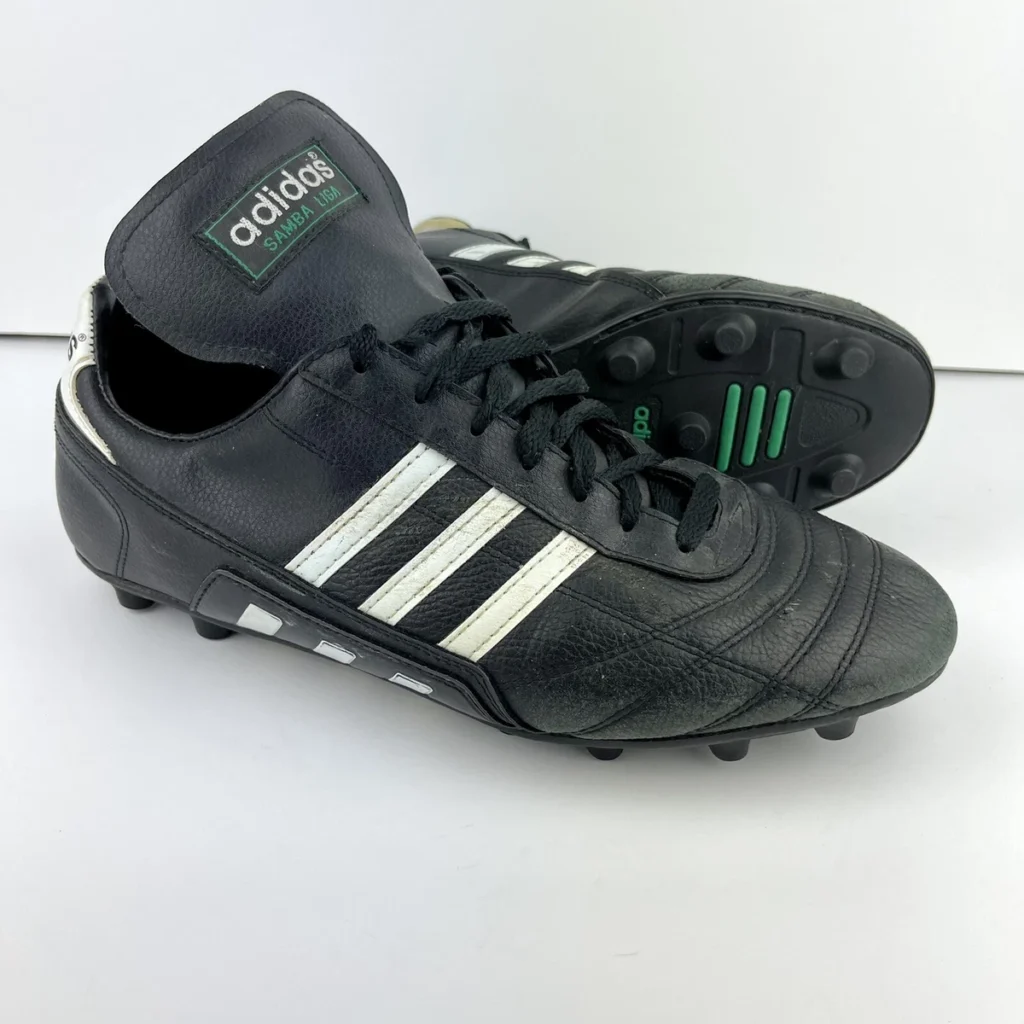
3. Market Growth and Global Opportunities
The market for second-hand fashion, including used branded shoes, is growing very quickly around the world. More people are choosing pre-owned products because they want better quality, lower prices, and a more sustainable lifestyle. As a result, second-hand branded footwear has become one of the most popular categories in the resale market.
Several trends are driving this growth. First, consumers are becoming more aware of sustainability and want to reduce waste. Second, younger generations are more open to buying second-hand items and even see them as fashionable and unique. Third, the rise of online platforms has made it much easier for buyers and sellers to connect globally.
For businesses, this creates a significant opportunity. Used branded shoes are now in high demand not only from individual buyers but also from retailers, wholesalers, and distributors who want to meet this growing customer interest. Companies that enter this market early have a chance to build strong brands and long-term customer loyalty.
4. The Perfect Balance Between Profit and Purpose
One reason this market is so attractive is that it balances profit and sustainability. Companies selling used branded shoes can earn more revenue while helping the planet. By giving shoes a second life, businesses reduce waste and support a circular economy.
This is why more brands and wholesalers are exploring this space. They see that it is possible to grow their business and make a positive impact at the same time — creating value for both customers and the environment.

How Used Branded Shoes Are Becoming a Key Part of the Circular Economy
1. Understanding the Circular Economy
2. Why Used Branded Shoes Fit Perfectly
Second hand branded shoes are a perfect example of how the circular economy works. High-quality branded footwear is designed to last longer, which makes it ideal for resale. Instead of sitting unused in someone’s closet or ending up in the trash, these shoes get a second chance with new owners.
This benefits both consumers and the environment:
- Consumers get premium shoes at lower prices.
- Fewer shoes are thrown away, reducing textile waste.
- Brands build a positive image by supporting sustainability.
Many fashion companies are now creating buyback programs where customers can return their old branded shoes for resale or recycling. At the same time, online resale platforms make it easy for buyers and sellers to connect, helping the market grow even faster.
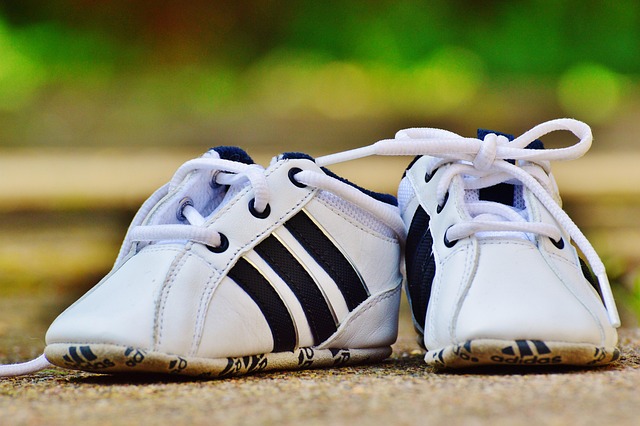
3. Business Opportunities in the Circular Model
For businesses, the circular economy opens up new profit channels. Reselling used branded shoes is not only good for the planet but also highly profitable. Retailers, wholesalers, and distributors can:
- Source second-hand branded shoes at lower costs
- Offer affordable products to a wider customer base
- Build stronger relationships with eco-conscious buyers
Companies that adopt circular strategies today can stay ahead of the competition. They can reduce waste, improve brand reputation, and reach consumers who actively support sustainable practices.
4. Looking Ahead
The role of used branded shoes in the circular economy will only get stronger in the coming years. With growing consumer awareness and support from global brands, second-hand footwear is shifting from a niche option to a mainstream choice. Businesses that adapt early can lead the way in a fashion industry that values reuse, responsibility, and long-term growth.
Growth Drivers and Profit Potential in the Wholesale Market for Used Branded Shoes
1. The Rising Demand for Affordable Luxury
2. The Influence of E-Commerce Platforms
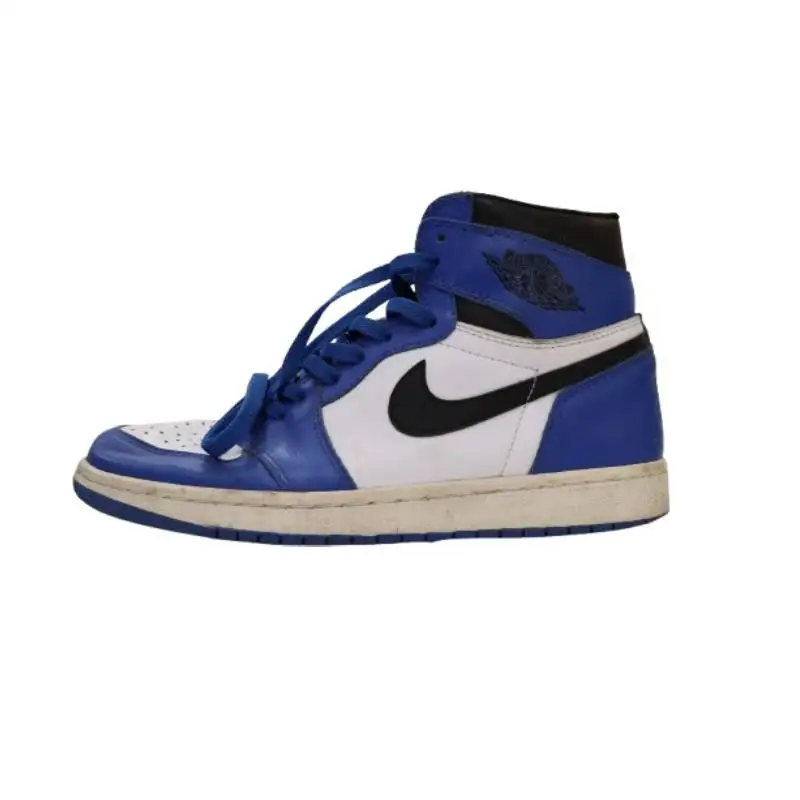
3. Sustainability as a Key Business Advantage
4. The Profit Potential for Businesses

Challenges and Solutions in B2B Sourcing of Used Branded Shoes
1. Understanding the Procurement Challenges
2. Verifying Quality and Authenticity
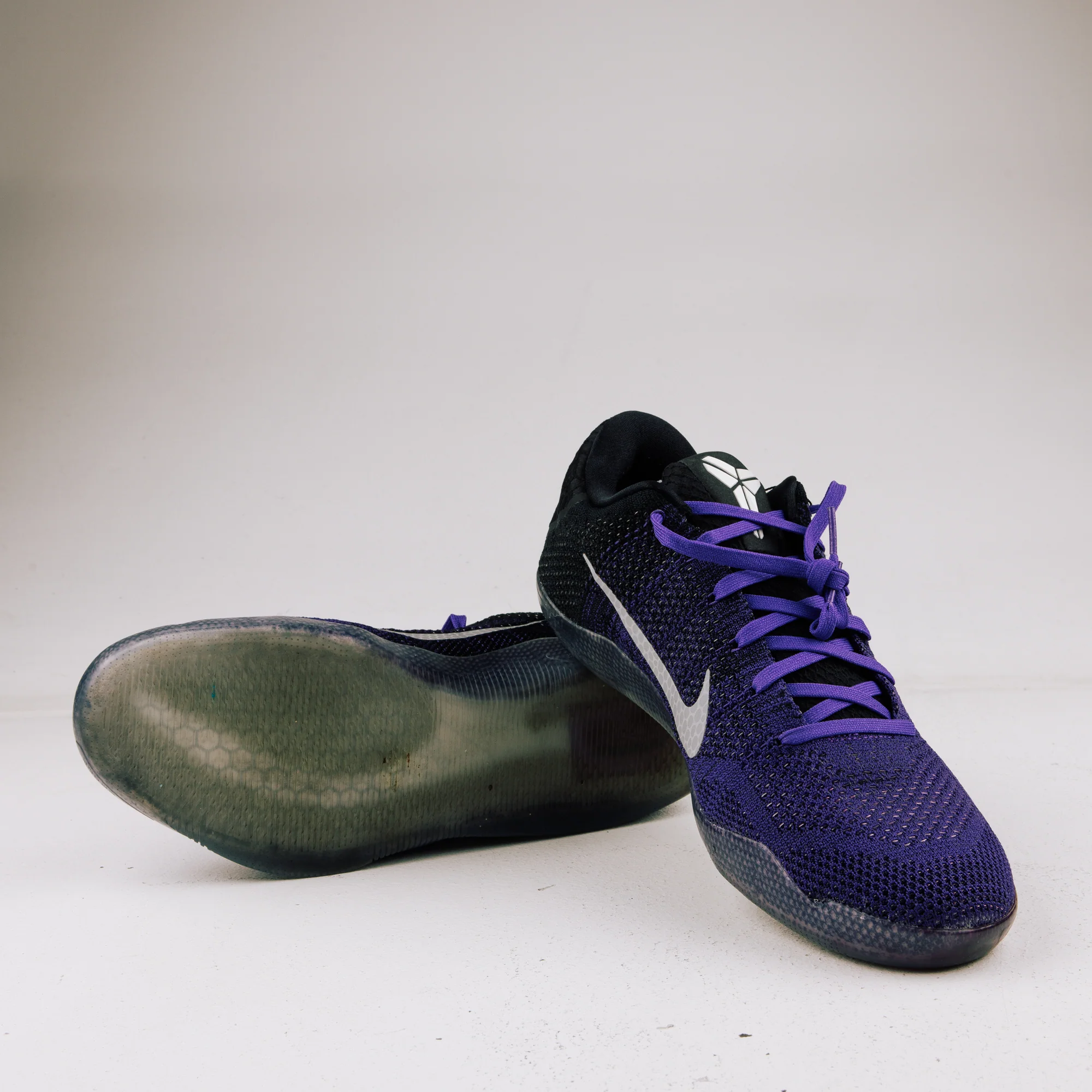
3. Managing Logistics and Inventory
4. Building Strong Supplier Relationships
How to Choose a Reliable Used Branded Shoes Wholesale Supplier
1. The Importance of Working with Trusted Suppliers
In the wholesale business, the quality of your suppliers directly affects your success. When sourcing used branded shoes, working with a reliable supplier helps ensure consistent product quality, stable inventory, and timely deliveries. It also reduces the risk of receiving fake or low-quality products that could harm your brand reputation.
2. Key Factors to Consider
When choosing a supplier, businesses should focus on a few essential factors. First, check the supplier’s product quality by reviewing condition reports and authenticity guarantees. Second, evaluate their stock stability to ensure they can meet your demand consistently. Finally, consider the supplier’s pricing model and payment flexibility, as these can affect your overall profit margin.
For a more detailed guide, you can refer to our article on how to find the best used branded shoes wholesale suppliers.
3. Building Long-Term Partnerships
Finding the right supplier is just the first step. Building a strong, long-term relationship is even more important. By maintaining regular communication and developing trust, businesses can secure priority access to high-demand products, negotiate better pricing, and establish a more stable supply chain for used brand shoes.

